Preservation in Isolation: Part Two
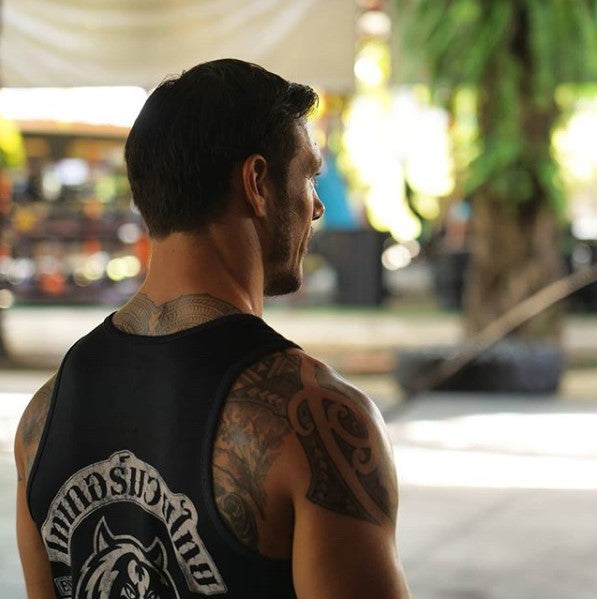
An Anvil Opinion Article by Shaun Kober
Shaun Kober is a combat veteran and current strength & conditioning head coach at Tiger Muay Thai - based in Phuket, Thailand. He's passionate about physical and mental health, and proves it everyday by the work he does for the benefit of others.
STORY TIME
Two weeks into our trip to Afghanistan, we had been ambushed and my team leader was shot. We were in a firefight for our lives and we had to do what was necessary to take control of that situation. Just an hour or so later, we were lucky that an IED didn't take out the rest of our four-man sniper team...
The next day, we were back out on patrol, minus our team leader who had been evacuated. We didn't know of his situation, or if we would see him again, when a burst of machine gun fire ripped up the ground between my teammate and I - literally missing me by inches.
"Fucking hell...this is going to be a long trip!"
I was the point man for my sniper team. One of my roles was to choose an appropriate route that would negate the very real threat of an IED taking the legs, or the life, of myself and/or my teammates. My worst fear was not that I would get hit, but that I would make a mistake, and my mate behind me would take the brunt of the explosion. This was always in the back of my mind throughout the entire nine-month deployment.

I share this, because I went through a period of a few weeks where I couldn't sleep.
We were ambushed, we were in firefights, we patched up mates and put them on helicopters - not knowing whether they were going to live or die, or lose a limb. We had plenty of close calls that could have dramatically increased our already high number of casualties if it wasn't for dumb luck.
I had trouble dealing with the fact that we didn't know what was around the next corner, or that the next step I took could be my last.
The danger was real. So was the fear and the anxiety…
My mind would be racing with "What if's?" every time I tried to sleep. It was absolutely draining, and I very soon realised that if I didn't sort my mind out, it would ruin me, and ironically, increase the chances of making those very same mistakes that I was fretting over.The secret to changing my mindset and getting to sleep?
I began to count my deep breaths every night I went to bed. As my mind would drift, I acknowledged the thoughts, not dwell on them; and did my best to focus on counting my breaths. Some nights were harder than others, but building this habit (acknowledging thoughts, letting them pass, and refocusing on the breath) served me well. I was able to get to sleep, and with time - change my mindset from focusing on what was outside of my control, onto what was within my control, and my reactions to each unique situation.
This simple change in perception allowed me to stay sharp. To stay focused. To fight on our terms. At the time, I didn't realise that what I was doing helped me get through that period, and allow me to finally get some much-needed rest and recovery. Now, I recognise this practice as mindfulness and meditation. It wasn’t until years later, when I was sharing these experiences with my good mate, Tristan Rose (also a veteran and the founder of Blind Tiger Yoga), that he paused me mid-sentence and said, “You’ve been meditating for years…you just didn’t know it.”
I now implement a daily breathwork practice into my schedule - usually first thing as part of my morning routine, and again when I’m winding down before bed. My practice is simple. I simply close my eyes, start my stopwatch, breathe deeply and control it to a rough cadence, and count my breaths. As the mind drifts - acknowledge the thoughts, let them pass, and move back to the breath. Depending on the day and what I have planned, I may take anywhere between 20 – 50 breaths. I will use my stopwatch to time how long those breaths take. Over the course of a week, this technique can give a good insight into the state of stress or calm that my body is in. For example, an average 50 breaths takes me about 12 minutes. If I’m in a sympathetic dominant state, they will take me roughly 10 minutes to get through. A parasympathetic dominant state will push up to 14 mins…and of course, there is a spectrum in between.
I use this data, along with my daily blood pressure readings and waking heart rate, to determine what the focus, intensity, type, and duration of training will be for the day. Coordinating training programs based on body information is another dense topic - one I will return to in future articles. I’ve spent time discussing the topic of data collection in an upcoming podcast with the boys from Swiss 8, a veteran owned and operated charity that is changing the landscape around mental health. Once that episode drops, I will have it linked.
Stress
Stress is an important physiological response that is absolutely essential for short-term survival. However, if left unchecked - stress across varying levels of severity can contribute to a number of health concerns associated with the top causes of all-cause mortality.. (Ref 1)
Let’s dive into the role of the Autonomic Nervous System (ANS). The ANS is a sub-branch of the Peripheral Nervous System (PNS), which controls 80 – 90% of our body's physiological processes. We don’t need to think about this, as it happens at a subconscious level.
The ANS is split into three branches:
- Sympathetic Nervous System or SNS (Fight, flight or freeze)
- Parasympathetic Nervous System or PSNS (Rest and digest)
- Enteric Nervous System or ENS (the ‘gut brain’, or gastrointestinal health)
During this article, I will focus primarily on the first two branches of the ANS, however - it’s important to note that anything that has an impact on any one system of the body, will have a flow on effect, and impact every other system of the body. The multiple systems of the body are not isolated, but rather, integrated.
A crucial point regarding the ENS - it lies in the gut, and is commonly referred to as the second brain due to its direct link via the vagus nerve. Roughly 80% of our immune system also is linked to the gut, so gut health is absolutely critical for optimal health and function.
Our guts’ ability to break down the foods we ingest into their most basic compounds to fuel our systems energy requirements, at the cellular level, can significantly impact many body regulatory mechanisms - such as hormone regulation, neuro-transmitter health and function, mood and attitude, libido, energy levels and performance, ability to recover…and so on. Hold onto these points for now, as I will circle back to this later in the article.
Clearly, this is a complex topic that will require its own article - as it is so dense, and to me, quite intriguing. But I digress…
Autonomic Nervous System
The ANS is responsible for maintaining homeostasis.
Homeostasis: the tendency of biological systems to maintain ‘internal equilibrium’. The body’s equilibrium refers to maintaining relatively constant conditions in the internal environment, whilst continuing to respond to changes within or outside the system. This also includes continuous motion, adaptation, and change in response to environmental factors. (Ref 2)
Balance - or equilibrium - is the key word here. Use whatever floats your boat. Some people explain the SNS and PSNS as opposites. I like to refer to them as synergists - complementing one another depending on our experiences. These systems are working at a baseline level to keep the body working - however, our body response changes when we increase input of one signal over the other. SNS is our accelerator, and allows us to get shit done. Our PSNS is our brake, our ‘feed and breed’ system - allowing us to refuel, repair, and maintain this meat vehicle we walk around in. You wouldn’t approach a round-about in your car and hit the gas - you use the brake and accelerator in complement with one another. As you approach, you ease on the brake, slow your roll, assess the situation, and gently hit the gas at a safe time, alternating between when to accelerate, and when to brake, depending on the environment.

The SNS and PSNS are constantly playing tug-of-war with your physiological responses, in a back and forth battle to maintain homeostasis. If one side overpowers the other with strength (or signal input) in the battle, it’s up to the other side to respond in turn to win the next battle, and keep the body at an even keel. If there is one side that is triumphant the majority of the time, it will start showing up in other areas of the body. Each person has their own unique balance between SNS and PSNS - but when this ‘normal’ becomes disrupted, the body experiences health consequences.
For example - too much sympathetic drive for prolonged periods of time can mean an excess of important hormones related to ‘stress’ - leading to things like insomnia, anxiety and depression. (Ref 3)
Essentially, your body is constantly in a highly aroused state, perceiving it is under threat. Think about a soldier who has recently returned from a theatre of war. Individuals who are sympathetic dominant usually have a very active mind to begin with, and can easily become overactive. This can make relaxing, sleeping or just sitting still even more difficult.
Parasympathetic dominance on the other hand, leaves you tired and lethargic, with no drive to do anything. Essentially, your body is in a perpetual state of perceived safety, and doesn’t perceive the need for energy mobilization and hormone regulation to fuel the evolutionary response of seeking water, food and shelter. Think about the blissed-out hippie that seems to have no care in the world…but also, appears to have no direction or sense of purpose, with minimal contribution to society. Whilst I don’t have any evidence or a reference to link, it is my opinion that an overly active parasympathetic system could also contribute to insomnia, anxiety and depression
These two examples are on either end of the spectrum…and neither of them are inherently wrong, as both of these states serve a purpose. However, problems can arise, when you stay in one of these states for extended periods of time. The more the pendulum swings in one direction, the harder it swings back in the other direction. I’m the head strength and conditioning coach at the world-renowned Tiger Muay Thai & MMA training camp in Phuket, Thailand. It is a destination gym that draws world-class fighters and professional athletes from all over the world. It is also open to the general population to join in combat-based classes like MMA, wrestling, BJJ, kickboxing, boxing and Muay Thai, as well as a suite of fitness classes and yoga. We have roughly 150 classes on the schedule per week. People are paying good money, and want to make the most of it, so it is not uncommon for people to train intensely for three to five (sometimes more) hours per day. People literally come here on their holidays to train!

Tiger Muay Thai’s Shevchenko sisters. Valentina is the UFC women’s flyweight champion.
Here is an example of a spiel that I regularly go through at the end of my S & C class:
“If you’re here short-term, get after it and train as much as you want. If you’re here for a month or longer, use progressive overload, and manage your stress levels. Exercise is a stress. If you’ve come from a stressful life, or job at your home location, use this time to chill out a bit. Exercise is good. But, if you’re hammering yourself at the gym for hours every day, you’re just replacing one stress with another. You will get away with it for a while, but it will catch up with you. At the end of week one, you feel pretty good, but your body is sore. By week two, you’re not as sore, but you’re sleeping between training sessions, and need extra coffee and pre-workout to get through the day. Week three you’re waking up with a scratchy throat and a runny nose, joints are a little achy, and your appetite seems to be depressed. Week four…gastro, or food poisoning, or something else that forces you to stay in bed for a few days. What happened? You pushed so far into a sympathetic state, and didn’t pay attention to all of those signals along the way, that your immune system became compromised, and your body had no other option than to swing you hard into a parasympathetic state.”
Almost every time, without fail, I see people nodding as their eyes widen, and couples and friends start whispering amongst themselves.
SYMPATHETIC NERVOUS SYSTEM
As we upregulate the SNS, there are physiological changes that occur:
- Pupils dilate
- Heart rate increases
- Respiratory rate increases
- Neural drive up-regulates
- Muscles tense

Energy and resources are mobilised towards parts of our body necessary for ‘fight, flight or freeze’ (including the hormones adrenaline and cortisol), pushed from the digestive system and internal organs, to the muscles in our limbs
This response is dose-dependent on the perceived threat, and is essential for short term survival. It allows us to identify potential danger, evaluate ‘how threatening’ we believe the danger to be, and respond by either fighting off that threat, retreating from it, or in some cases, if it is too overwhelming, freezing.
Your systems don’t understand the difference between a real threat, and a perceived threat. The response is the same. Perceived or actual, high-level threats create a cascade of high-level responses. Low-level threats create a low-level response.
PARASYMPATHETIC NERVOUS SYSTEM
As we upregulate the PSNS, there are a number of physiological response that occur:
- Pupils constrict
- Heart rate decreases
- Respiratory rate decreases
- Neural drive down-regulates
- Muscles relax
- Energy and resources are mobilised and pool in our digestive system and internal organs

This response is dependent on perceived safety, and is essential for long-term survival. It allows us to rest, digest, recover, breed and restore balance.
Driving the PSNS is not black and white either. For me, I love scuba-diving. It is therapeutic, and I am able to focus on my breathing, as well as what I can see in my immediate vicinity…all of my life’s other worries and concerns wash away with the current, and my air bubbles. This experience, however, might create an SNS response in others - as they feel they have no control, and are not comfortable under those circumstances, being thirty metres underwater, breathing through a tube. Likewise for riding my motorbike. It puts me into a flow state, whereas other people do not like riding on the roads of Thailand on a scooter, with road rules that sometimes seem optional. You need to find the right tool that works for you - for the appropriate time. The more tools you have in the toolbox, the more options you have to suit the circumstances…more on that later.
EQUILIBRIUM
Evolutionarily speaking, if you happened to come across a lion in the jungle or on the plains of Africa, your SNS takes charge. Your senses are heightened, and laser-focused on the threat, at the expense of situational awareness. All of the previously mentioned physiological responses kick into gear instantly. You high-tail it out of there to seek a safe place. Once the threat passes, you remain alert for a period of time whilst the body winds down, before you feel safe enough to let your guard down. This is completely driven by the individual, their experiences, mindset, attitude, and perception. Some people may never be able to get back to homeostasis, as their brain perceives this as an overly traumatic experience, and starts playing tricks on them, running “What if” scenarios…cue anxiety, and a constant low to mid-level sympathetic dominance.

When you do feel safe - your systems think “Wow, I only just got away from that lion…I need to be able to deal with that threat a little better next time!” Whilst the SNS remembers the response as a plan to use for next time, the PSNS kicks into gear. The next time food is consumed, your digestive system breaks it down into its smallest components, and pushes those resources to where they’re needed most, to essentially make you…bigger, stronger, faster, smarter. Drinking water and/or fluid with electrolytes in this state will also allow you to kick off the recovery process, as well as aid the many physiological processes that are underway.
As a former soldier and athlete, I would absolutely hammer myself at training. PT in the Army was a test to see who could punish themselves the most. When I was a young digger living on base, the boys and I would compete in everything we did…every day. There were some days where I had trained so hard in the morning, that I could barely lift my arms to use the key to unlock the door to my room. I would lose my appetite, and the thought and smell of food made me feel sick for hours after. I was barely functional for the rest of the day…yet, come knock-off, sure enough, I would head to the gym, or rugby training.

Gainz don’t happen in the gym. We put our systems under stress, in a controlled environment, by adding a stimulus and driving the SNS. It is only when we allow our PSNS to take over and use those nutrients broken down from food and water to be partitioned to refuel, and repair the cells, and systems, that were put under stress during training, that we actually get those GAINZ. Specific Adaptation to Imposed Demands. The SAID principle…which may be a good article topic for another time.
CHALLENGING STRESS
Stress is stress. It may anything that puts ‘pressure’ on our mind and body systems - relationships, finances, constant travel, insecurities, lack of sleep, under-nourishment, over-consumption, nutritional deficiencies, lack of sunlight, polluted air, training, loss of self-identity, lack of purpose and direction…or even a lion trying to make you a meal. These examples are very common in today’s society. On a scale of 1 – 10 - these stressors may only be a 1 – 3 when they happen as a one-off, but if they are constant and not managed appropriately, these numbers add up and can become chronic stress. Whilst it is unlikely that we will encounter a lion that is trying to make us a meal, other traumatic experiences may occur throughout life that provide the same heightened response. When that experience is added on top of all of the other low-level stressors, it can lead to many physical and mental health concerns.
Anvil T&D has an article on PTSD which talks about how the same event may affect people differently. Find the article here: https://anviltd.com/blogs/all-articles/deconstructing-an-acronym
Take a sheet of paper and draw two columns. On one side, write stress. On the other - write relax.

This represents SNS and PSNS. Now, log everything that puts you into each of these states, along with a numerical value for each category.If there is a massive imbalance (i.e. stress adds up to 35, and relax adds up to 9) something needs to be done about it. Work through the list and recognise what things are in your control. Find more tools that allow you to relax, or make changes to the things that are adding stress, and/or use your relaxation tools more often.
The soldier recently returned from war? He likely needs more “relax.” Things like meditation, mindfulness, massage, swimming, stretching, yin style yoga, sitting on the beach watching the sunrise, with the sun on your face and the wind in your hair. It doesn’t matter what it is, what matters is the impact it has on you.
The hippie likely needs more “stress” motivators. Things like exercising, learning a new skill or movement, moving away from established daily patterns, yang style yoga, and just generally getting out of the comfort zone. Again, it doesn’t matter what it is, it’s more about the impact.
FINAL POINTS
Once you have a basic understanding of how the Autonomic Nervous System works, it’s much easier to plan your day, and adjust on the fly - depending on what happens in your environment. If I have a really good day, and everything flows smoothly with limited stress - then I’m going to absolutely get after it in the gym. However, if I’m constantly on the back foot and putting out fires all day, I might be best suited to get a massage, or hit a yin yoga class, or take a long walk on the beach and watch the sunset.
Most people think about a “de-load” in terms of training. To maintain equilibrium, consider “de-loading” as a part of your day to day, and week to week. Understand what sets off your SNS, minimize the stimulus or adapt your coping responses. With all the crazy shit that is going on in the world right now, it’s easy to get caught up in the conspiracy theories, and concern yourself with things that are outside of your influence. I don’t watch the news, or listen to the radio. I have one source on the web that I check in with each day, just to stay up-to-date with what’s happening in the current climate. (Ref 4)
The rest of my days in isolation are made up of doing the things that serve me, keep me healthy, and strengthen my immune system. Give yourself purpose and structure during these times. You can only control what is within your control. Find the appropriate tools, to be used at the appropriate time. (Ref 5)
“Sharpen the axe”
Two lumberjacks were competing for the woodchopping world championship. When the starter gun rang out, they each had 6 hours to chop as much wood as possible.
One woodsman smashed away consistently for the entire 6 hours, whilst the other worked for 45 minutes, then disappeared for 15 minutes, before returning to continue on with the task. This continued for the duration of the 6 hour competition.
The crowd gathered around as they weighed the work done, and were surprised when the second woodsman, taking breaks every 45 minutes, had completed twice the amount of work as his opponent.
When reporters and officials asked "How is it possible that you worked for an hour and a half less than your opponent, yet cut twice the amount of timber? What were you doing in that 15 minutes?" His reply:
"Sharpening my axe!"
Train Smart. Train Hard.
Where to find Shaun Kober
Instagram: @kobes_pft
Website: https://www.tigermuaythai.com/
Facebook: https://www.facebook.com/shaun.kober
References/Resources
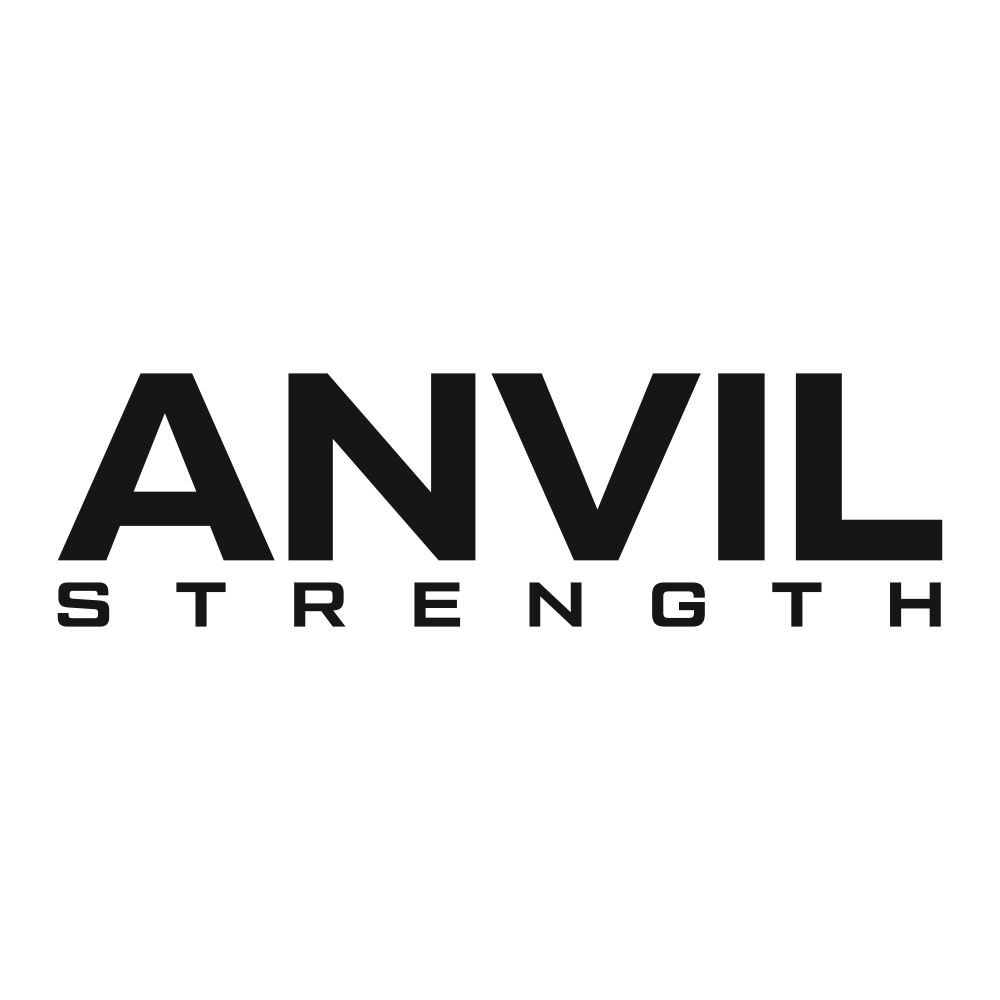
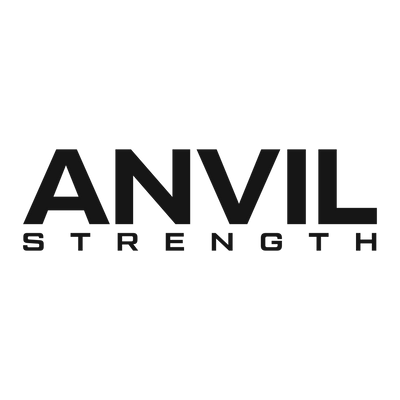

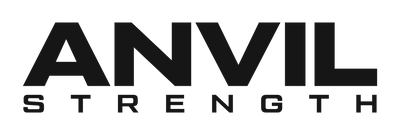

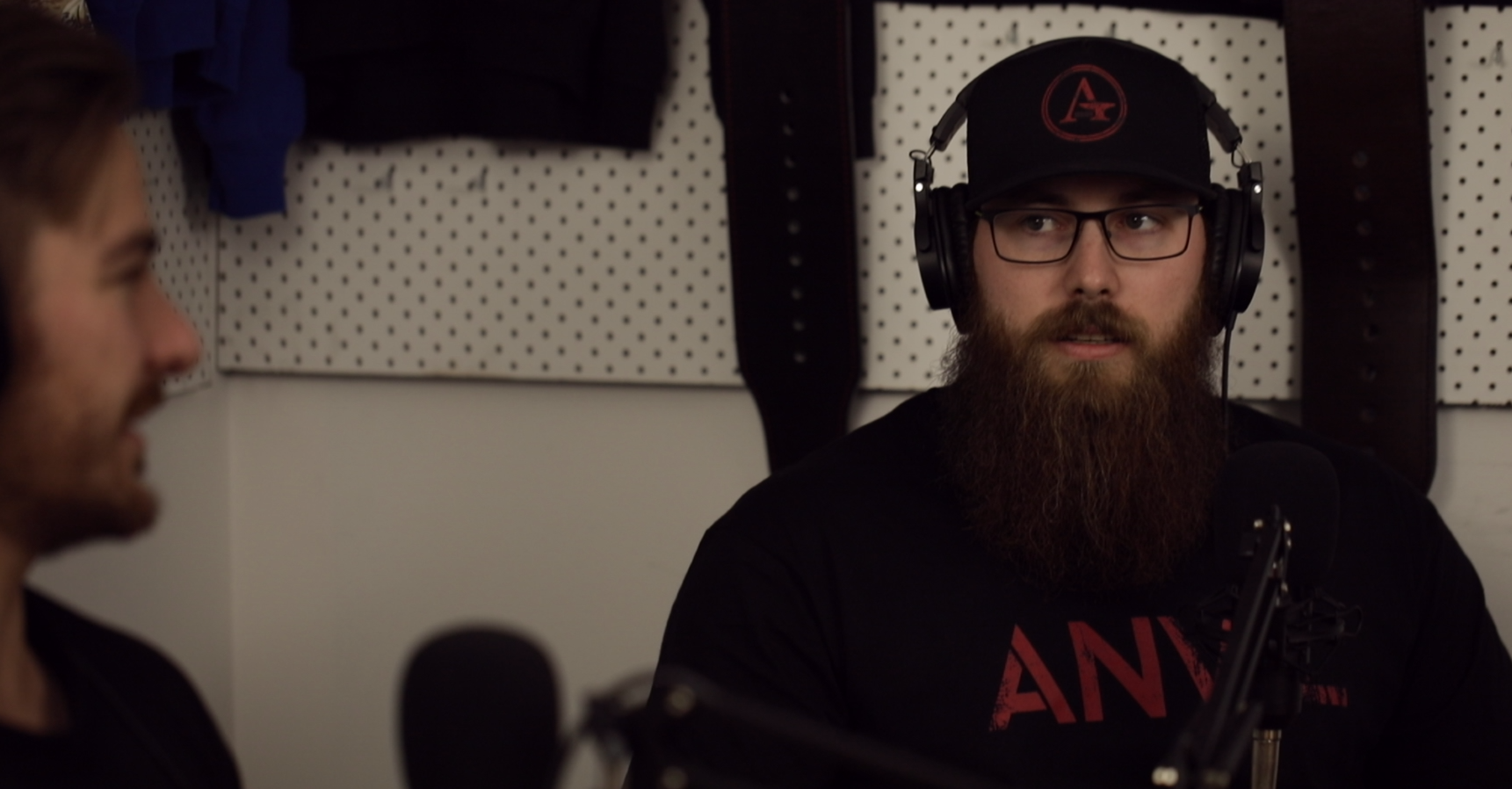
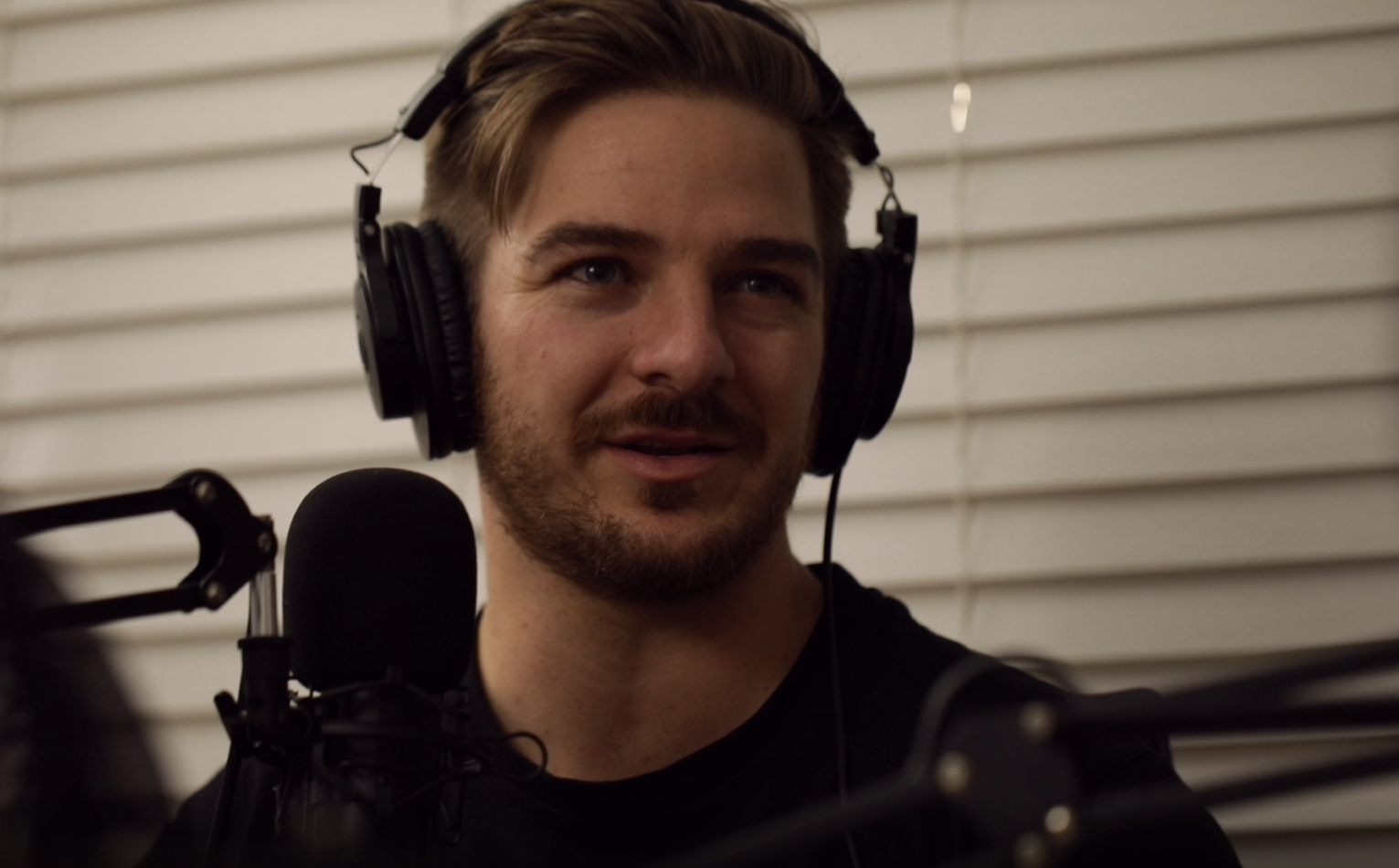
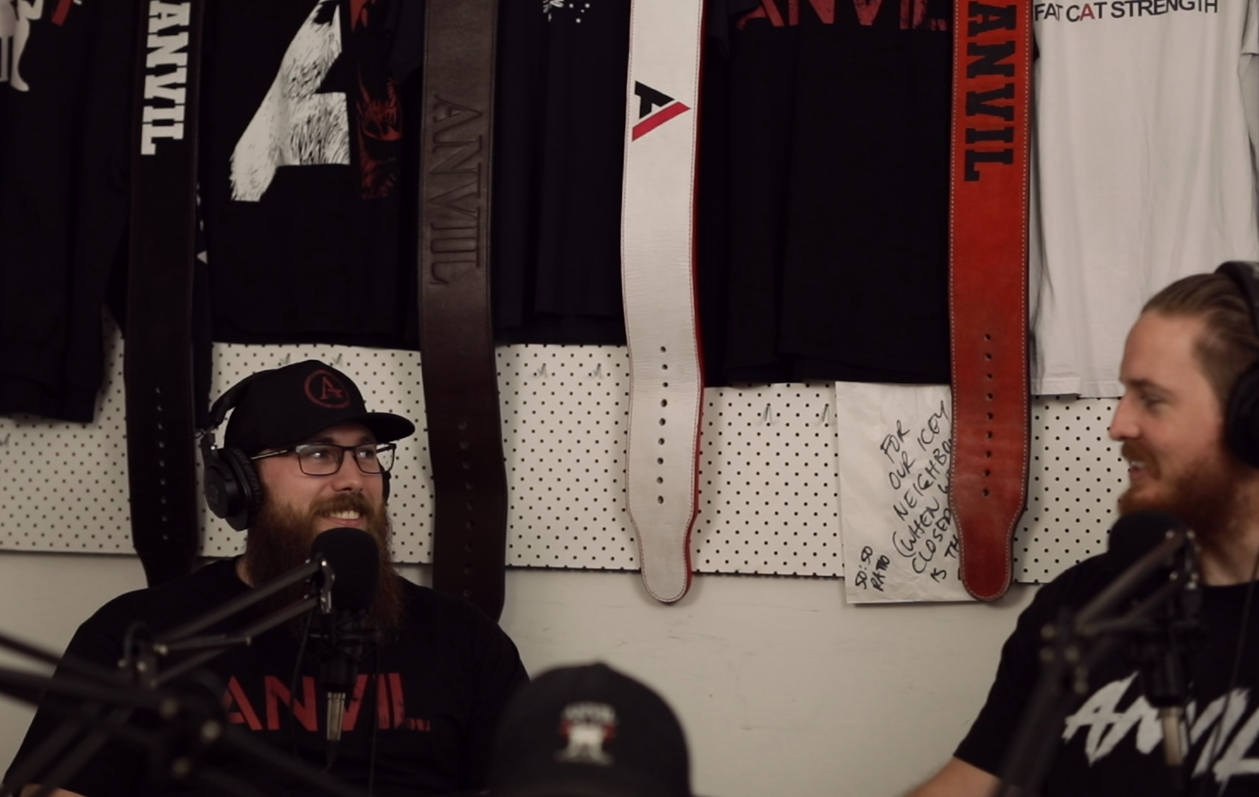
Leave a comment